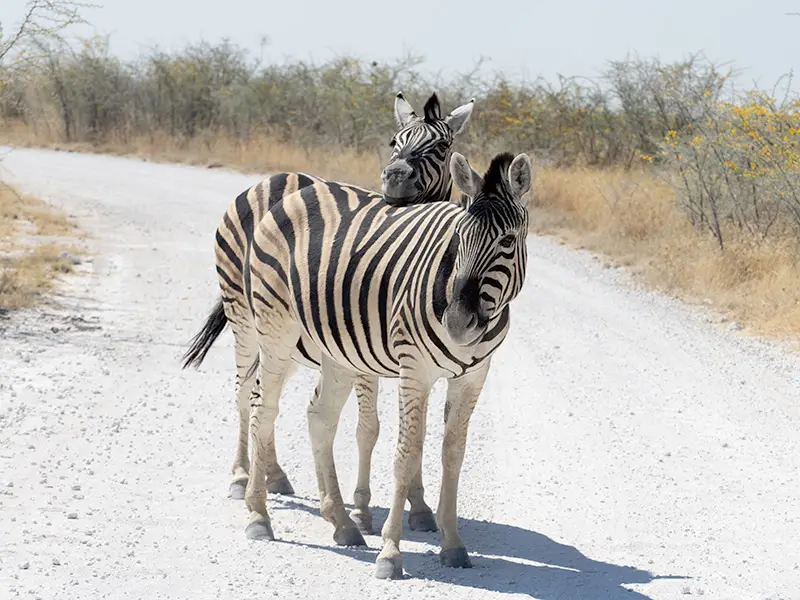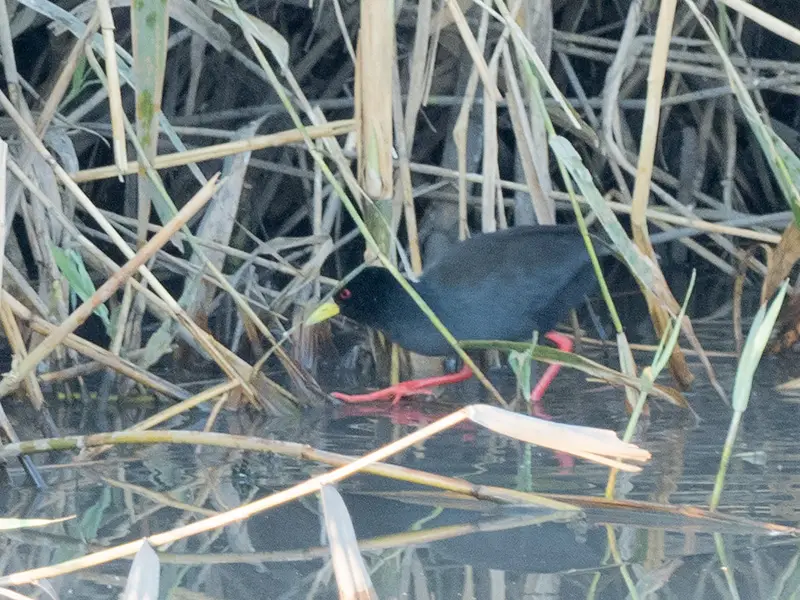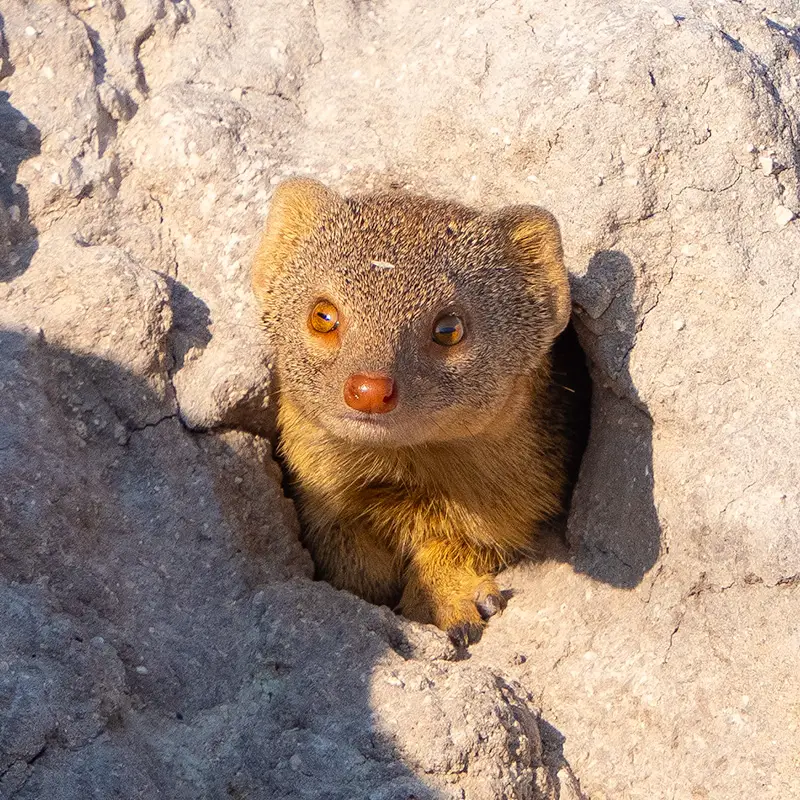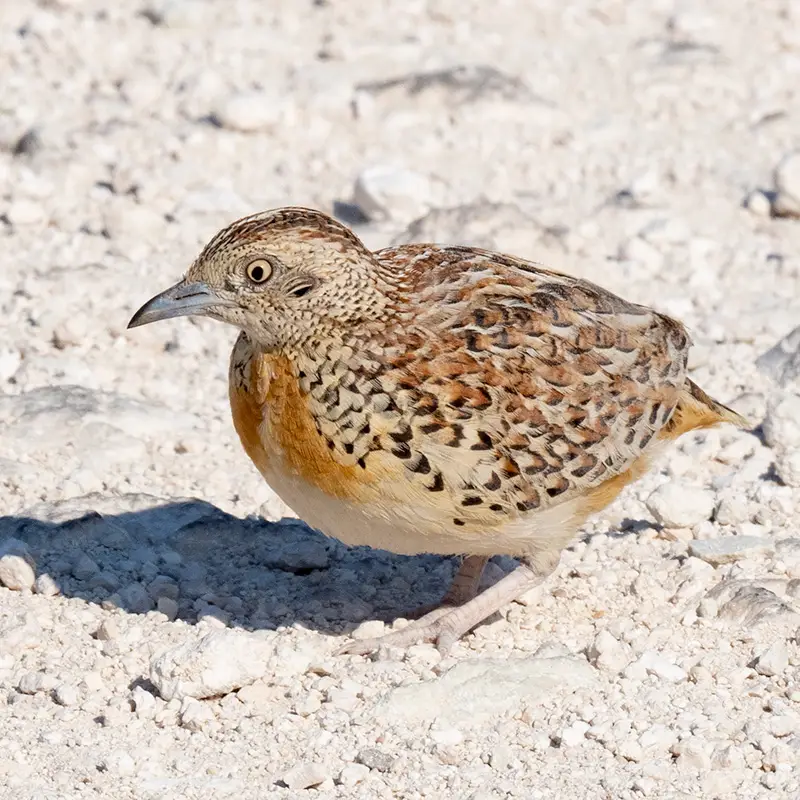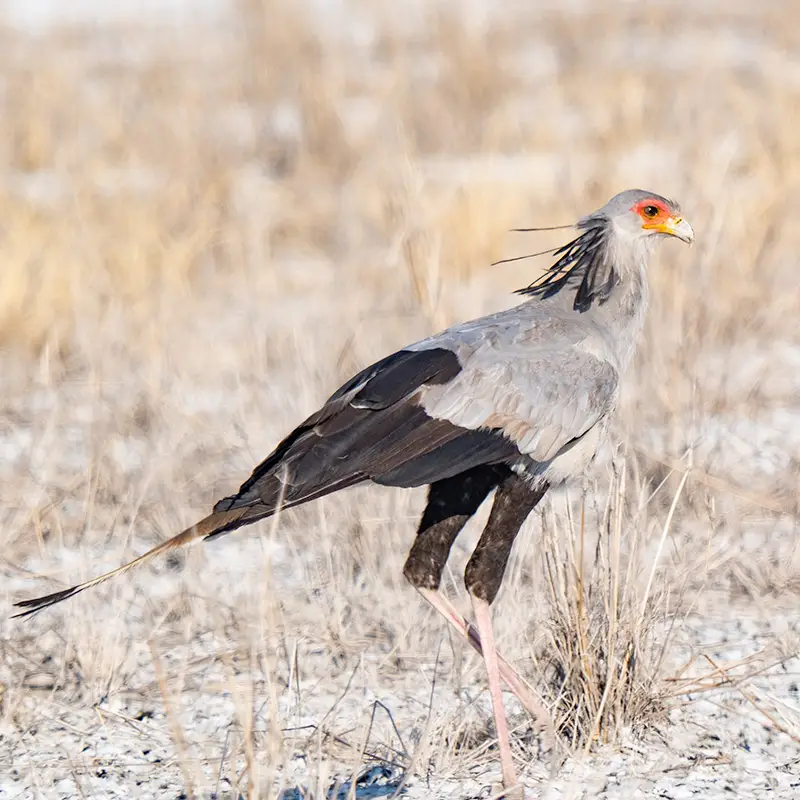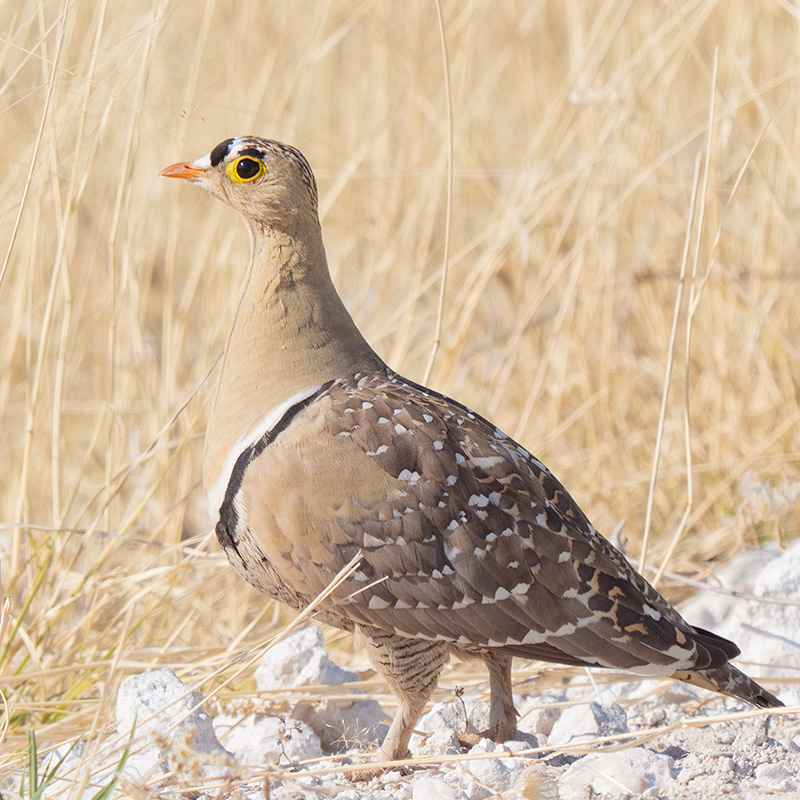
Etosha National Park is one of the most popular tourist attractions in Namibia and one of the largest national parks in Africa. It has excellent lodges, a good selection of bird species and many mammals, including the endangered Black Rhino. On this trip we spent five nights in Etosha, staying at three different lodges in order to see different parts of the park and increase the chances of seeing more bird and mammal species.
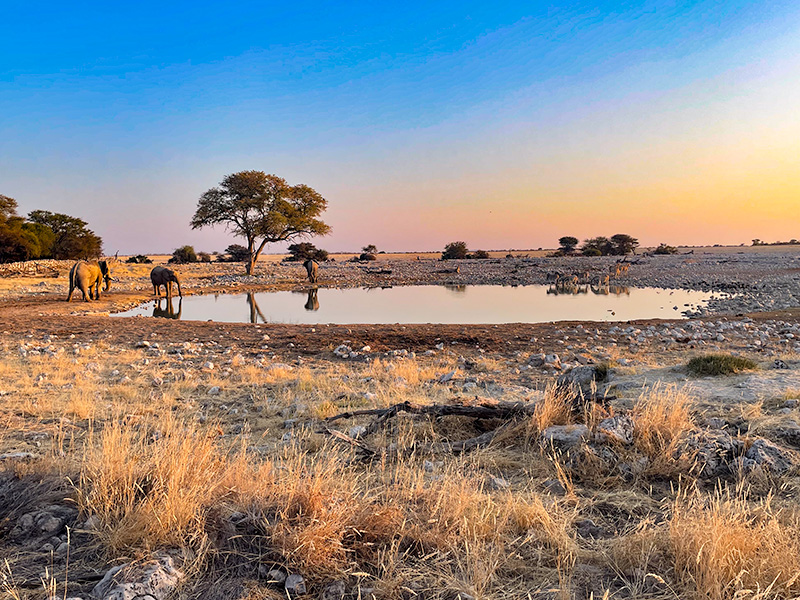
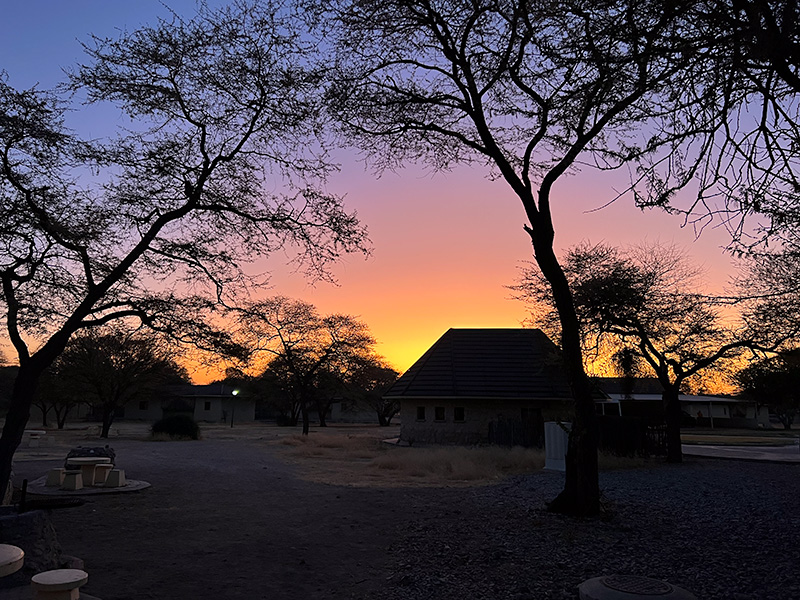
Monday 8 August was essentially a travel day as we moved from the Erongo Mountains to Etosha where we were going to stay at the Okaukuejo Resort for two nights. On entering the park we soon began seeing some of the large mammals for which the park is famous, including elephants, giraffes and zebra. There were also a number of jackal in the area.
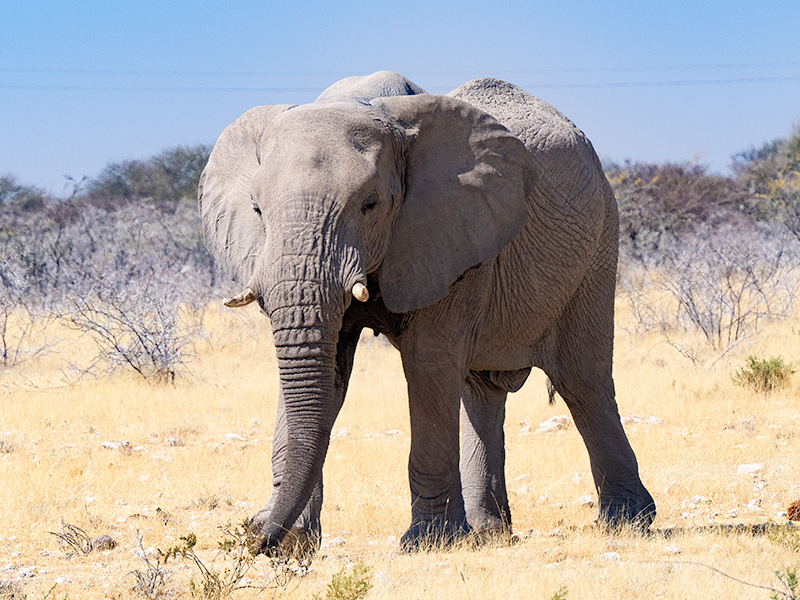
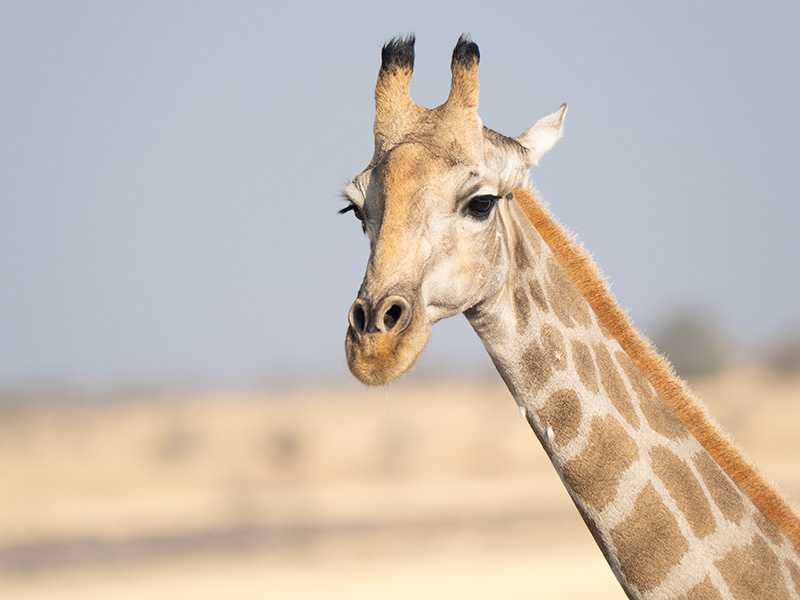
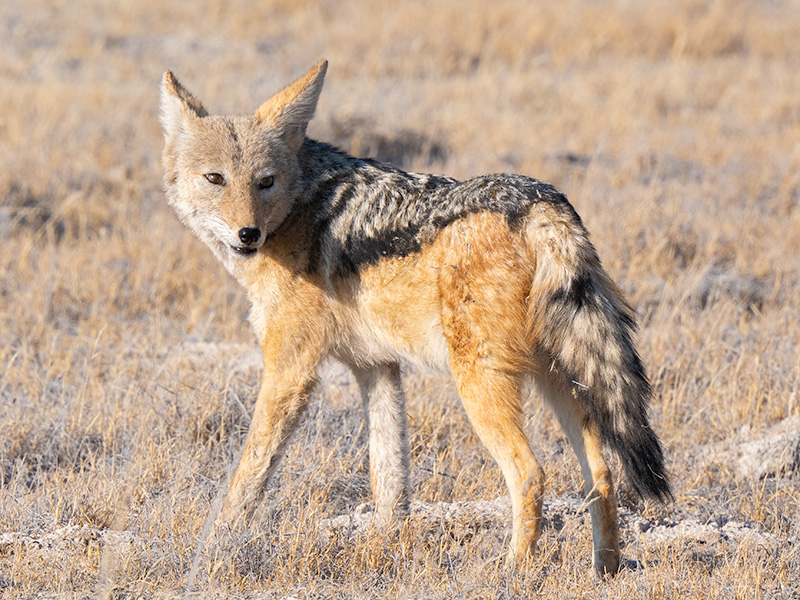
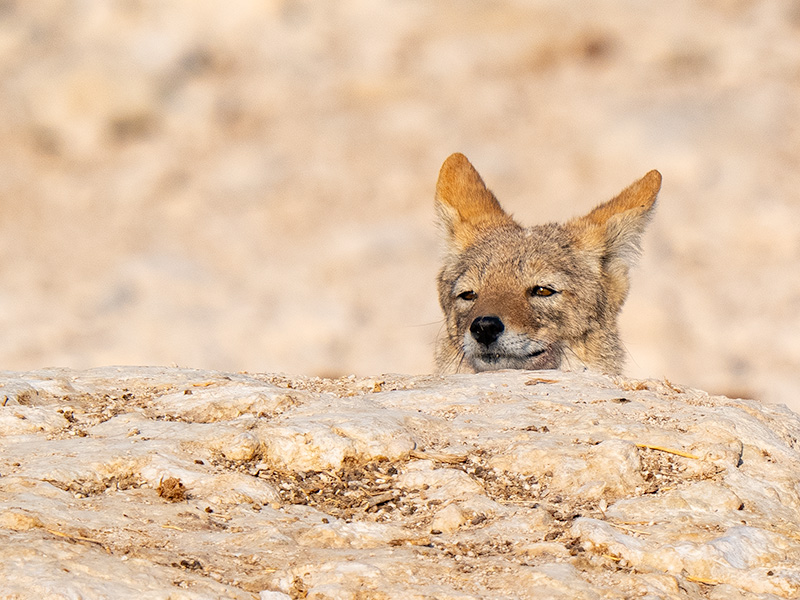
There were plenty of interesting birds around Okaukuejo Resort, including Kori Bustard, Geater Kestrel, Chat Flycatcher, Southern Fiscal and Secretarybird.
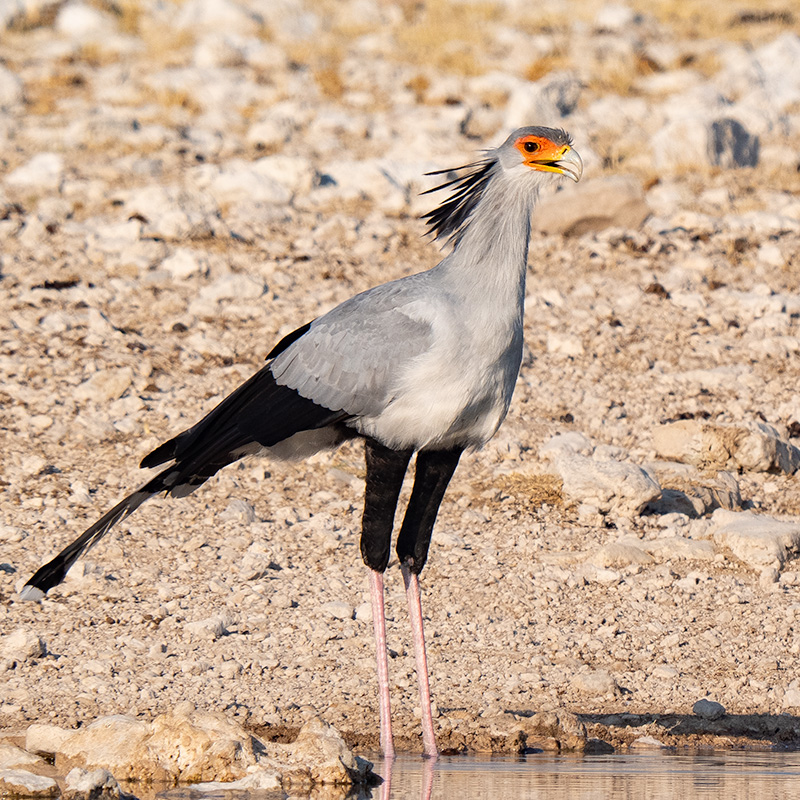
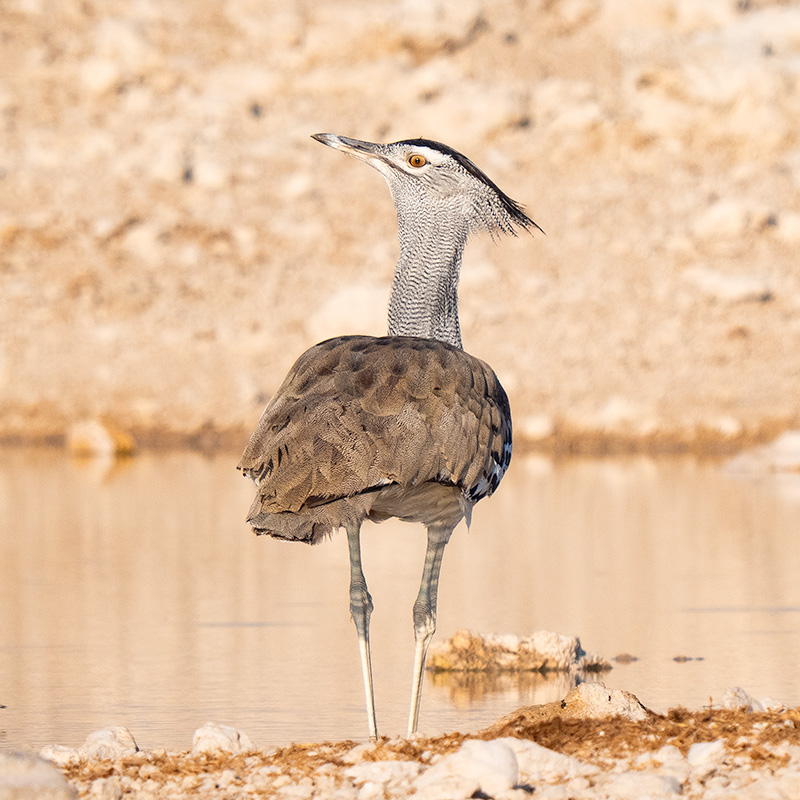
A highlight at Okaukuejo is the watering hole, which draws in many birds and mammals, especially at dawn and dusk.
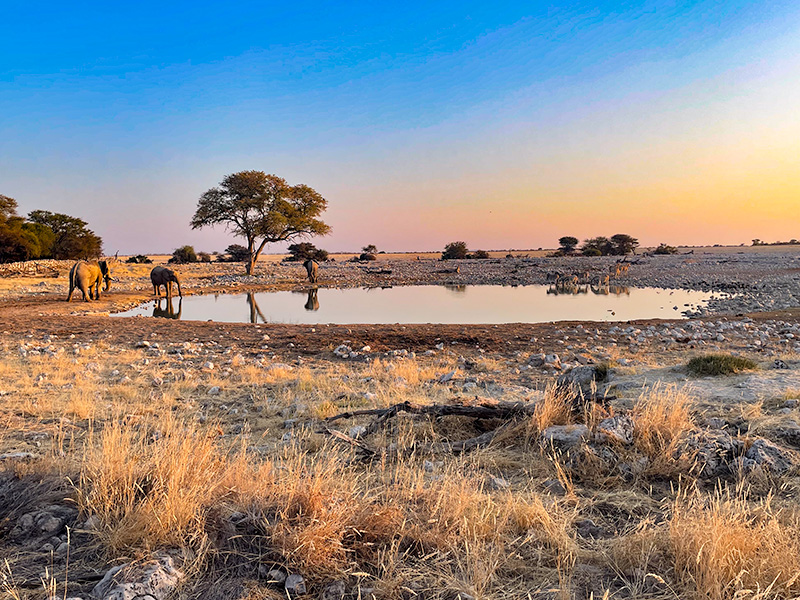
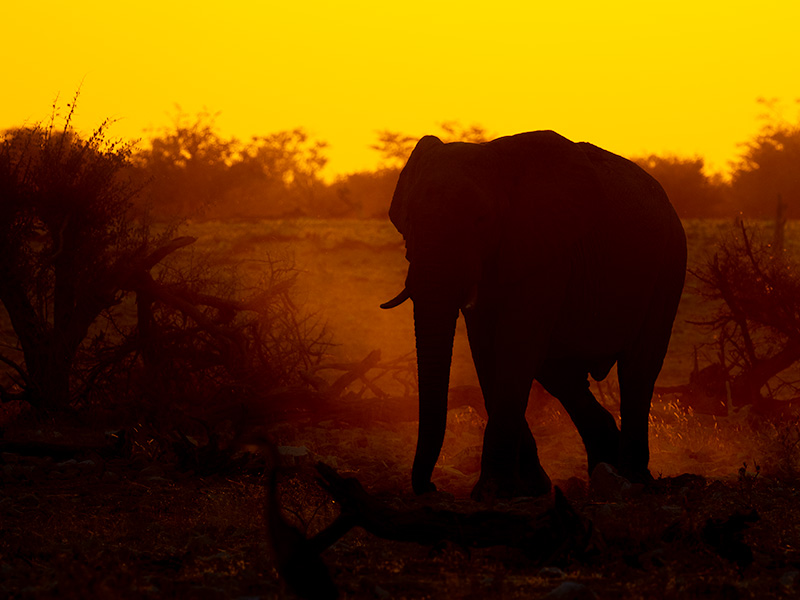
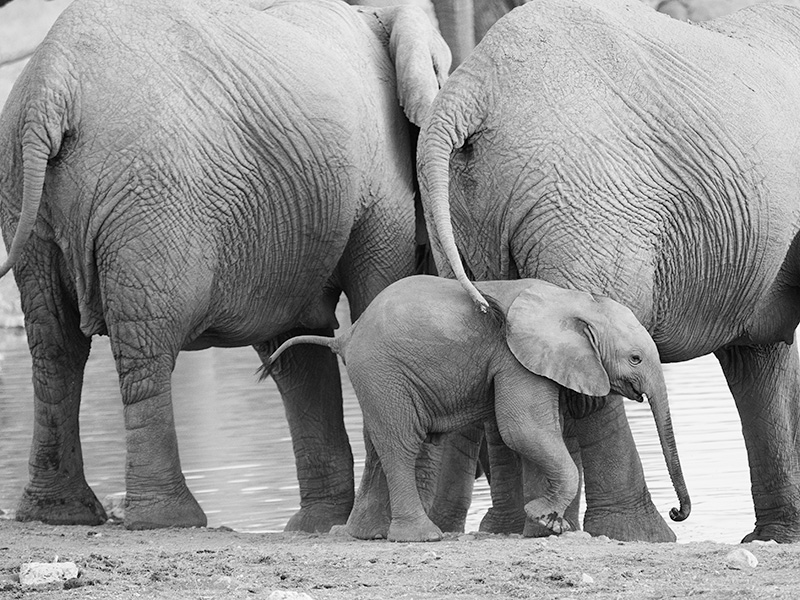
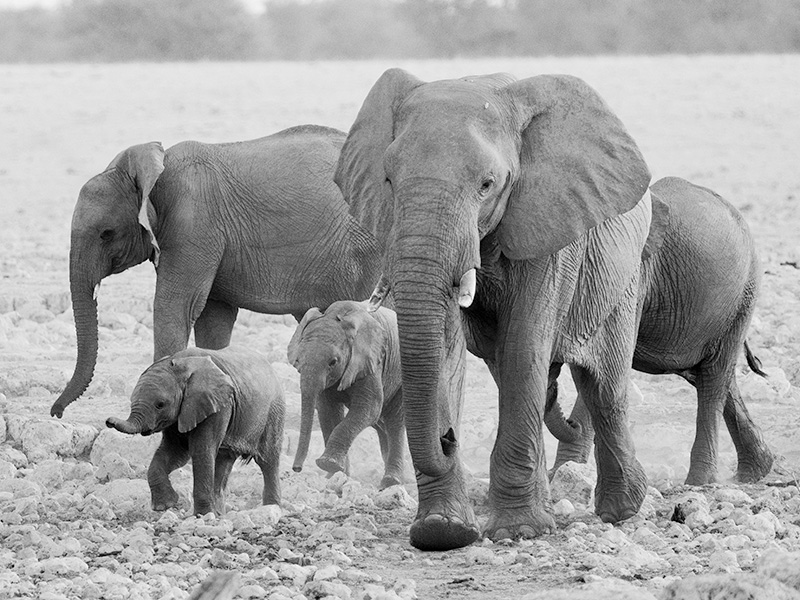
On our full day around Okaukuejo Resort (9 August) we saw many of the classic large mammals of the park along with a good number of bird species. Bird highlights included Greater Kestrel, Purple Roller, Groundscraper Thrush and Namaqua Sandgrouse.
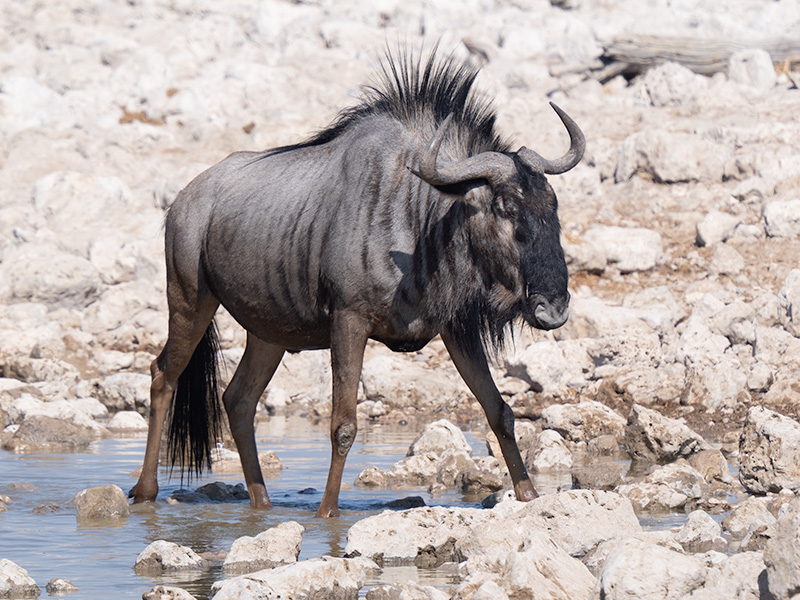
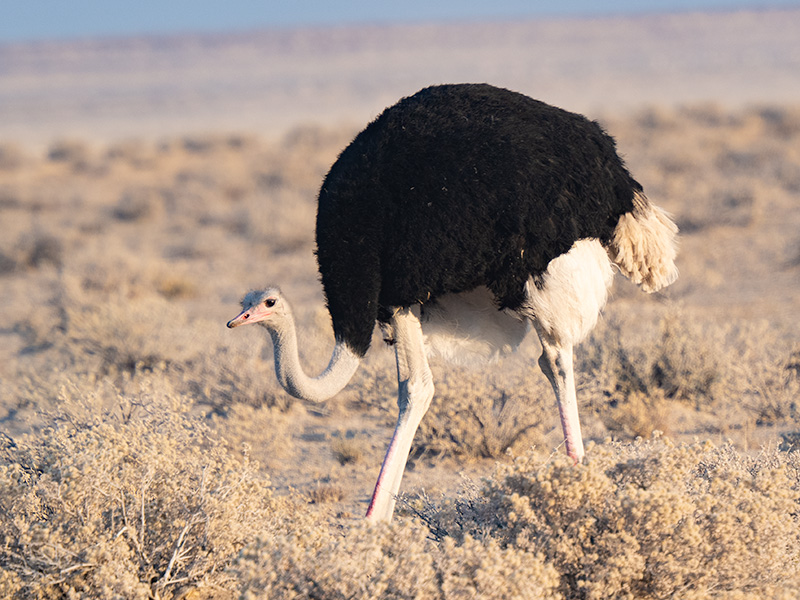
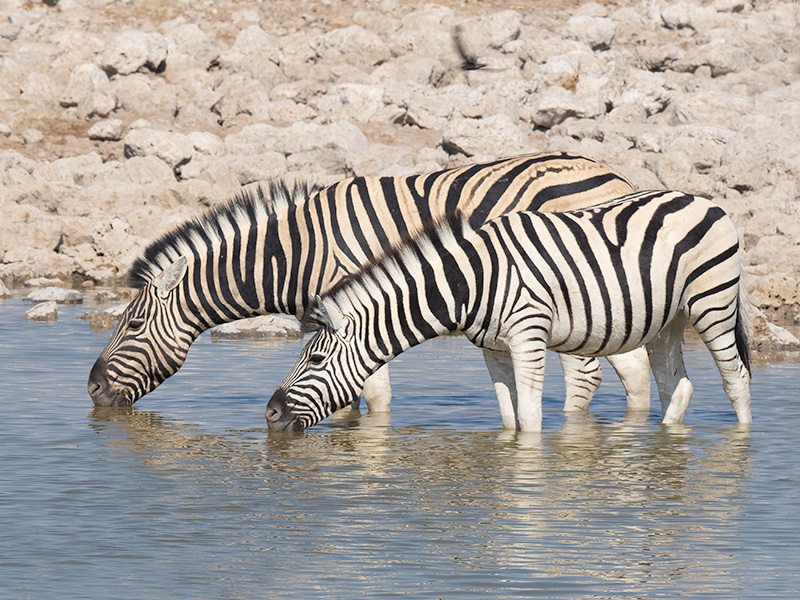
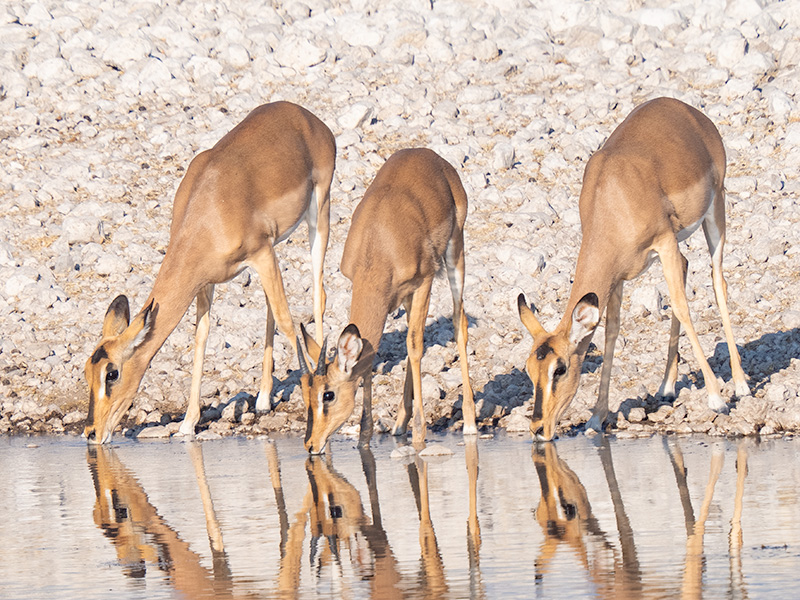
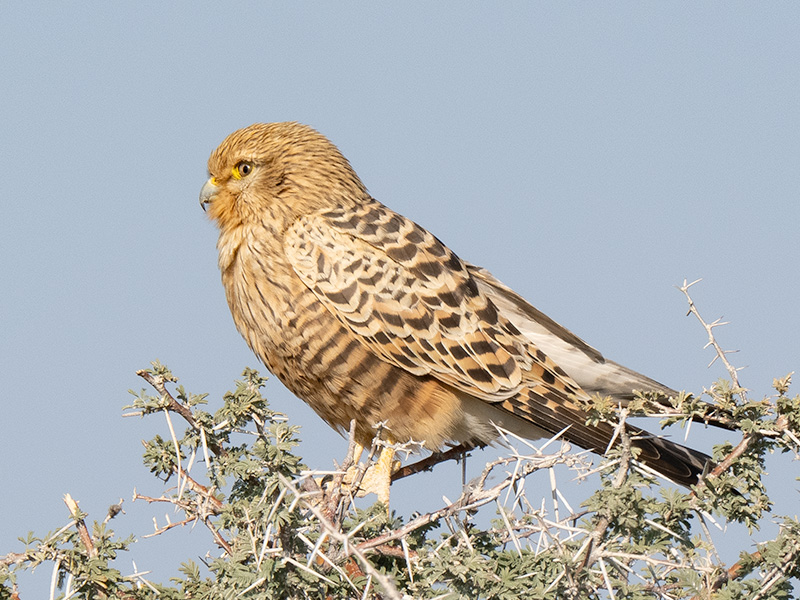
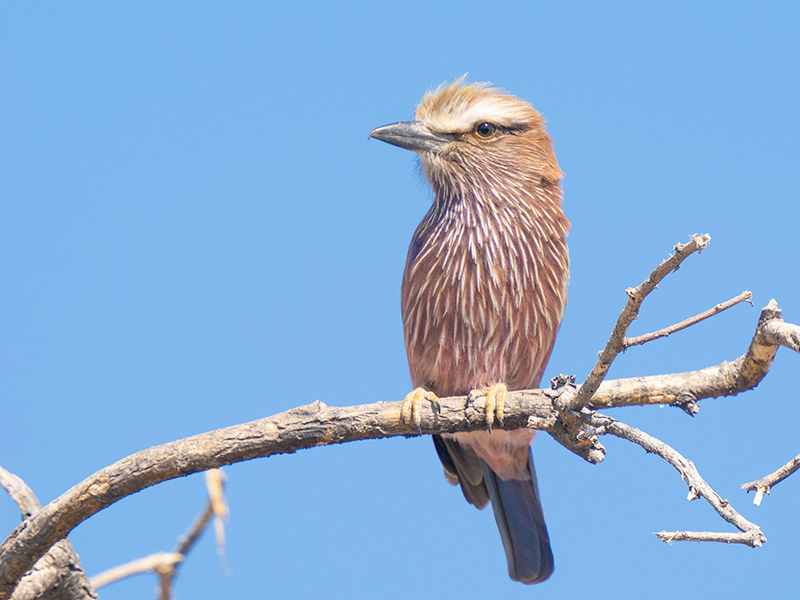


Our second lodge within Etosha was Halali Rest Camp, which we travelled to on 10 August, passing along the edge of the Etosha Salt Pan. This 120 km long salt pan provides an impressive background to the wildlife and we saw giraffe and many zebra, along with smaller mammals such as the South African Ground Squirrel. During the morning drive we also saw some good birds, including Southern Yellow-billed Hornbill, White-quilled Bustard, Damara Red-billed Hornbill, Kalahari Scrub Robin, Red-necked Falcon and White-crowned Shrike.
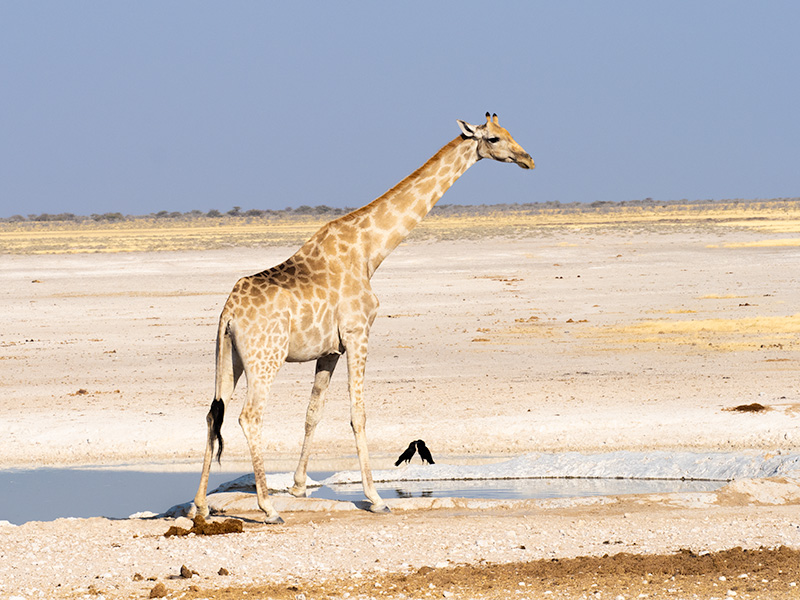
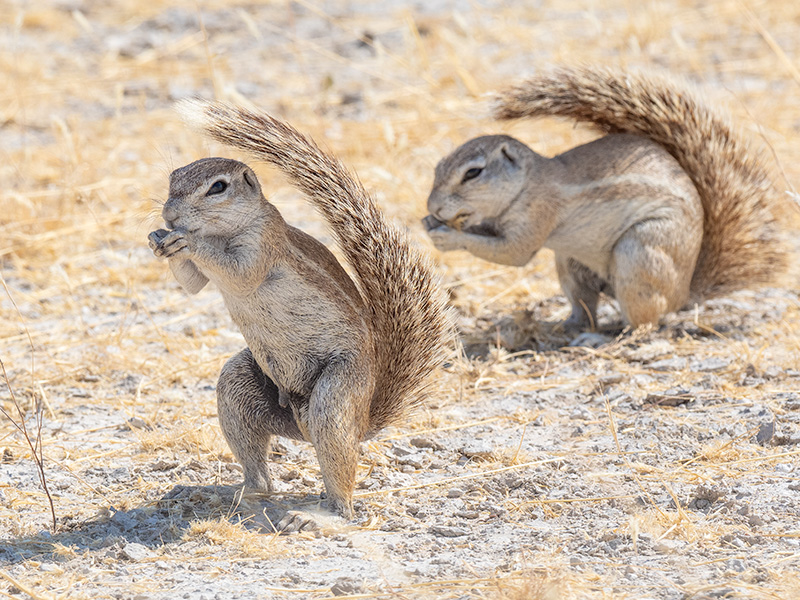
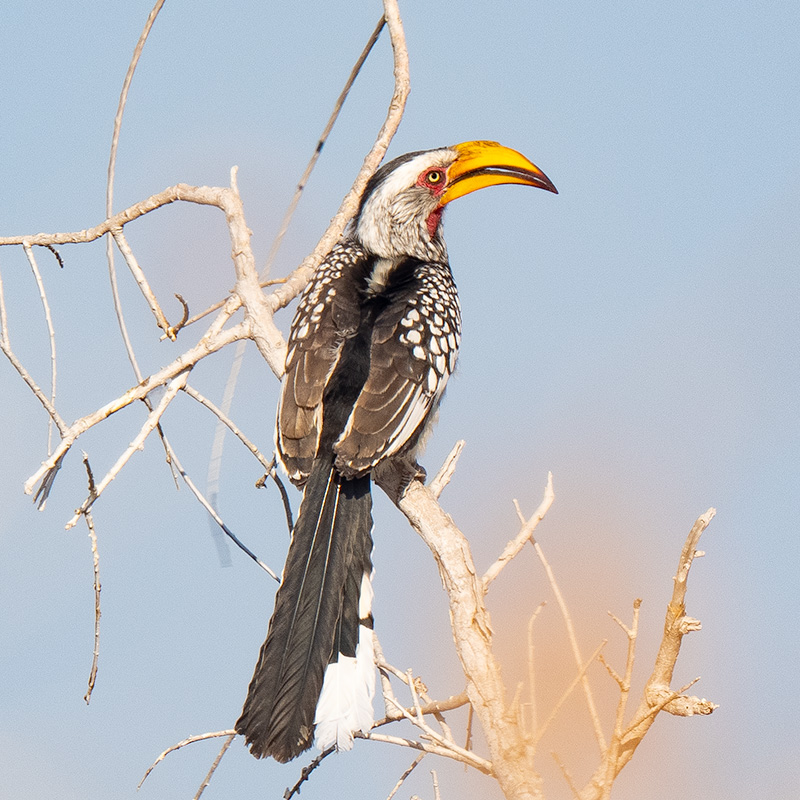
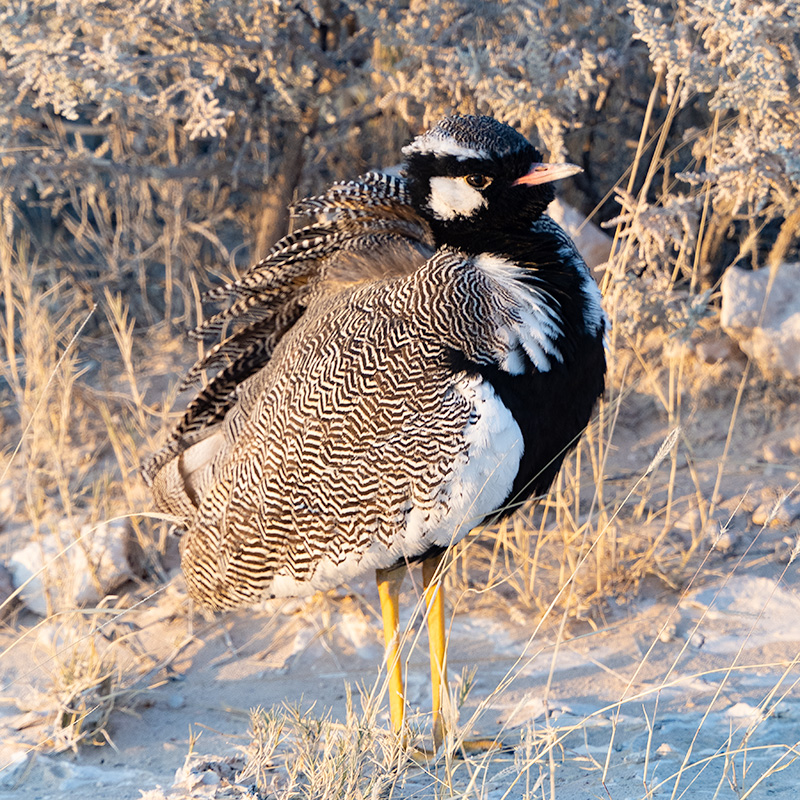
We arrived at Halali Rest Camp in time for a late lunch and were soon installed in our comfortable bungalow. After a short rest during the hottest part of the day we birded around the camp, quickly finding the near-endemic Bare-cheeked Babbler.
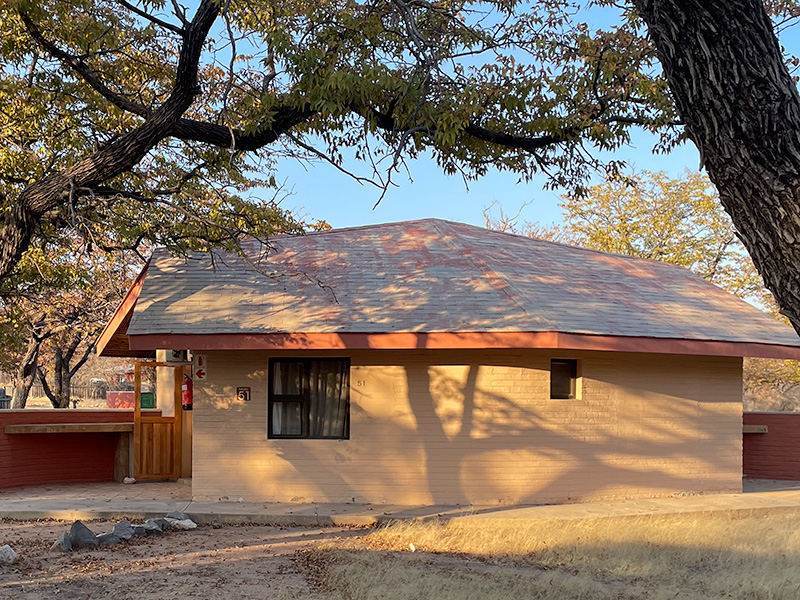
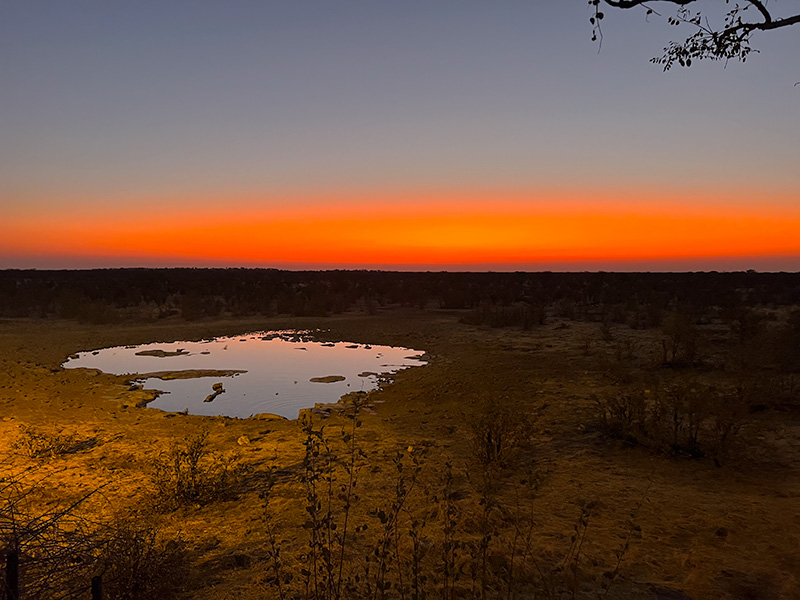
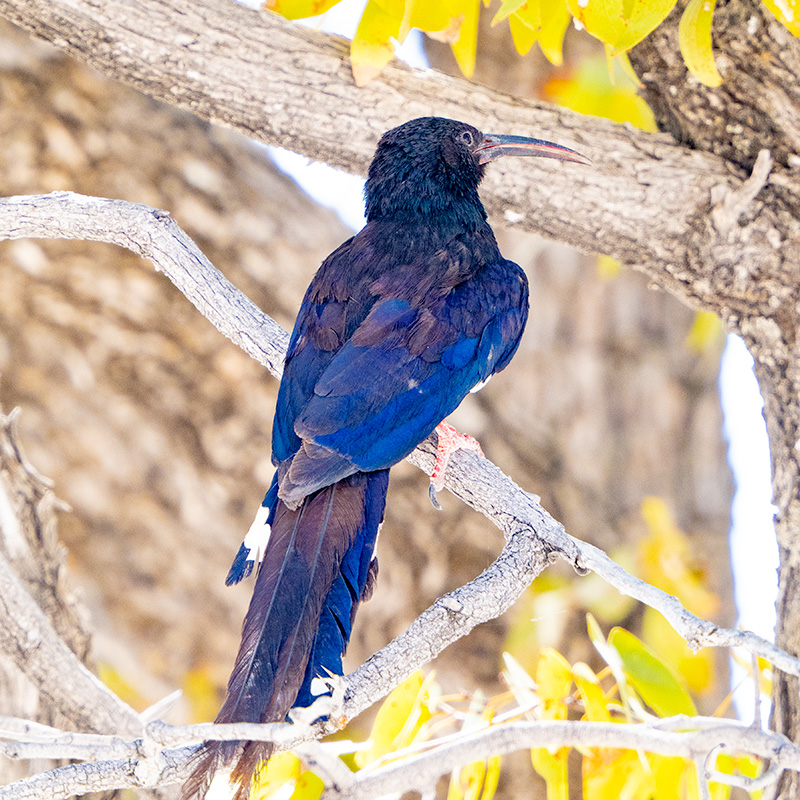
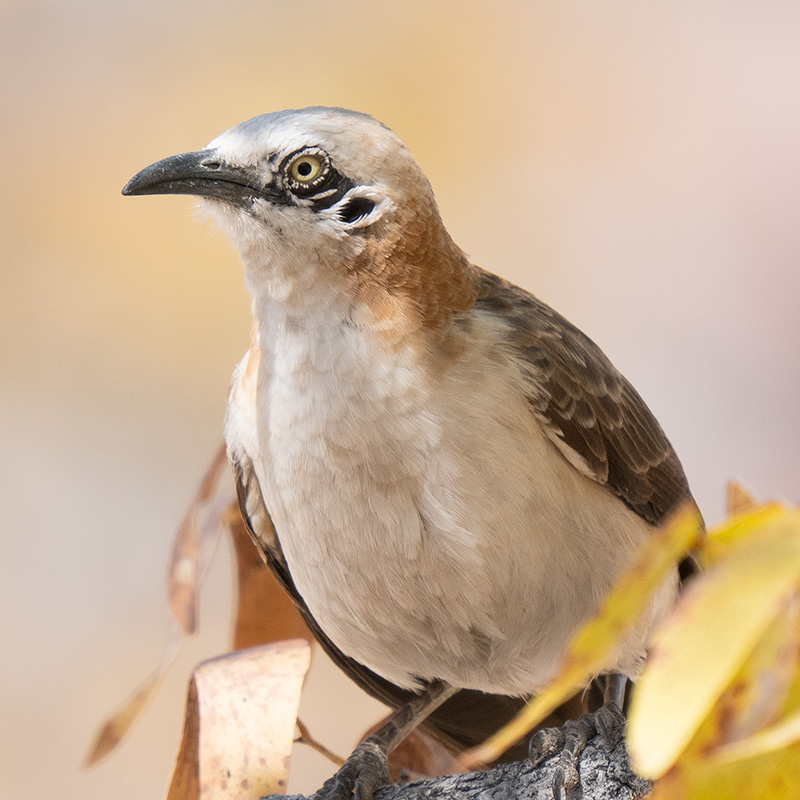
We only spent one night at Halali Rest Camp but we did some early morning birding at the watering hole before breakfast and then moved on to our next destination, the Namutoni Resort. A highlight of our early morning session was seeing an endangered Black Rhino in the pre-dawn gloom. When the light improved we also saw Golden-breasted Bunting, Red-backed Scrub-robin, Red-backed Scrub-robin
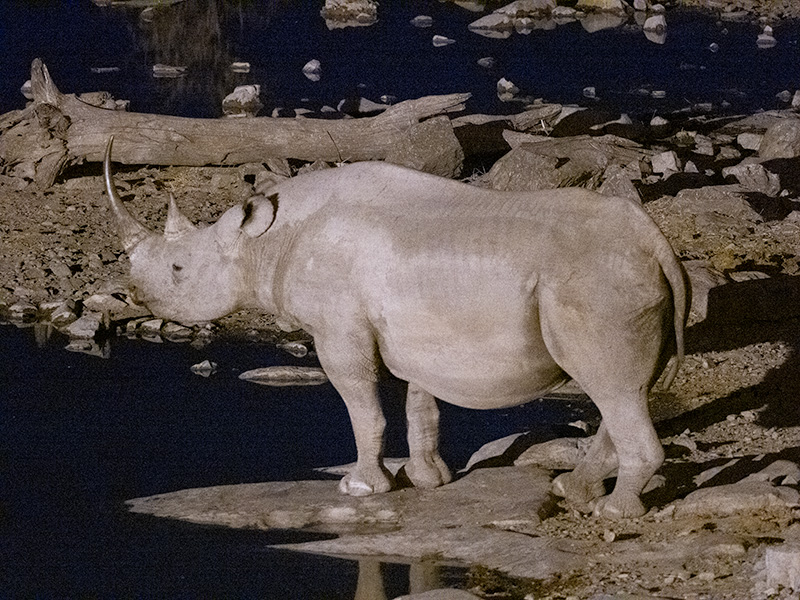
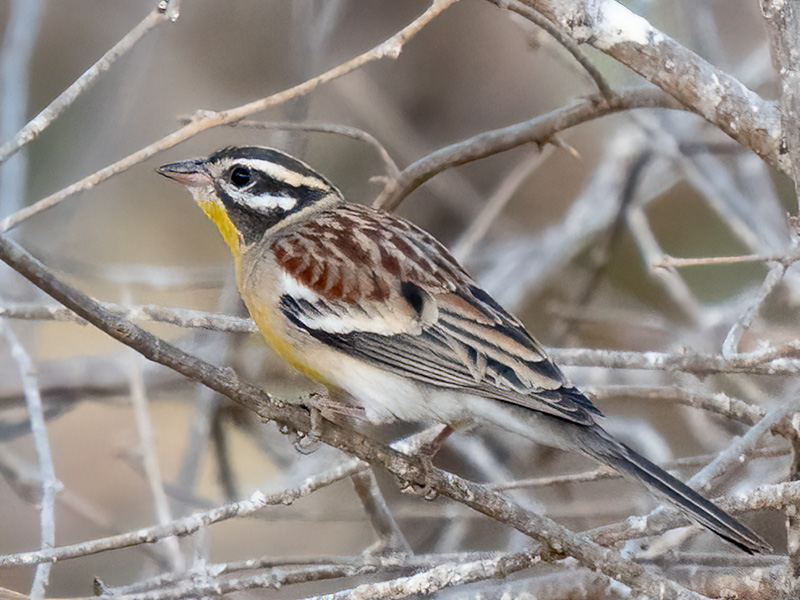
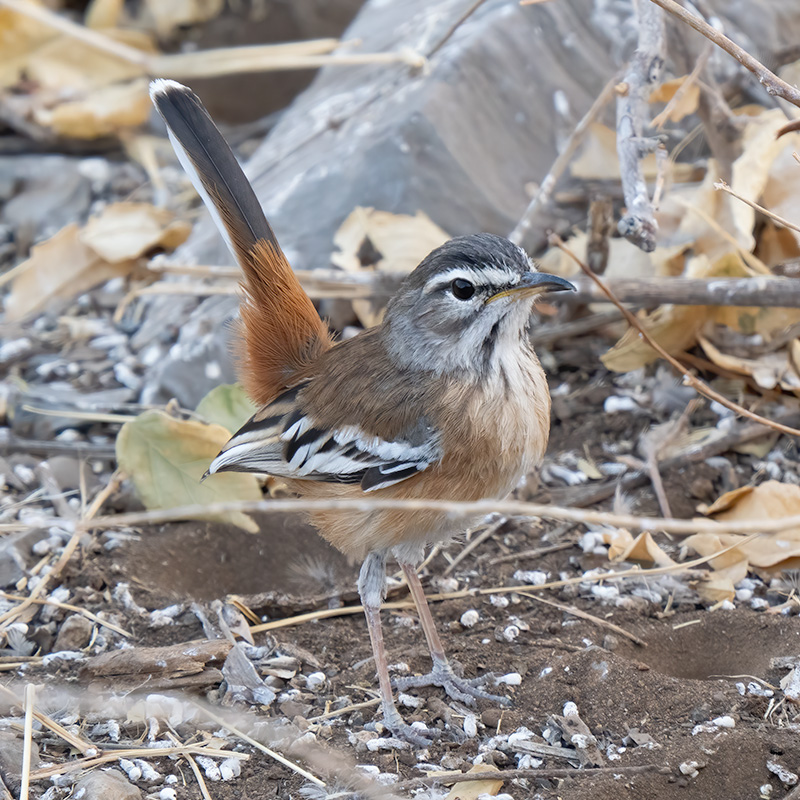
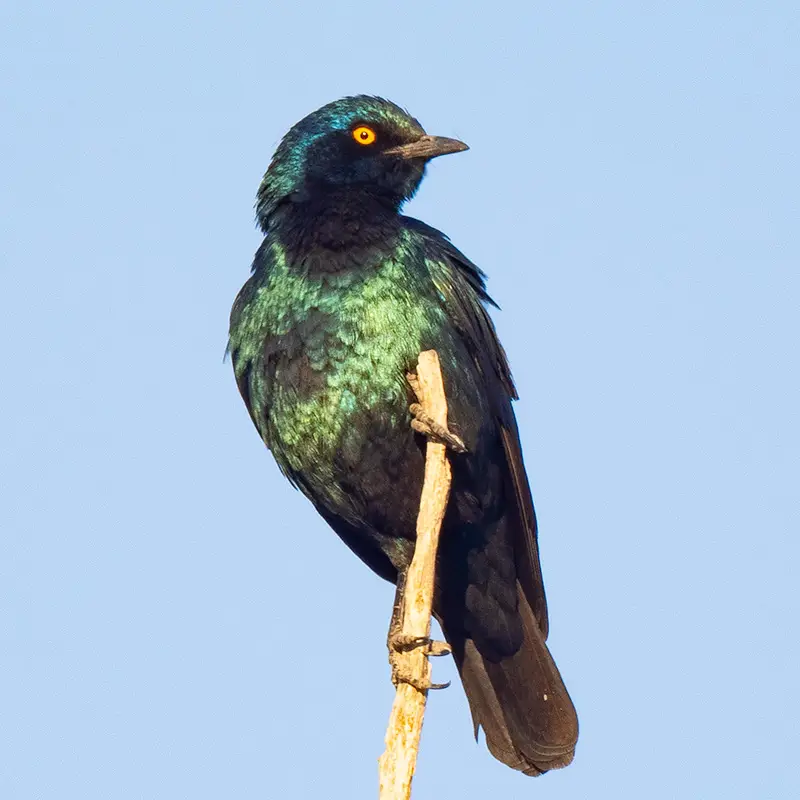
During our drive to Namutoni Resort we photographed more large mammals, including giraffe, zebra, elephants and topi. A birding highlight was an encounter with a Lilac-breasted Roller trying to eat a large locust.
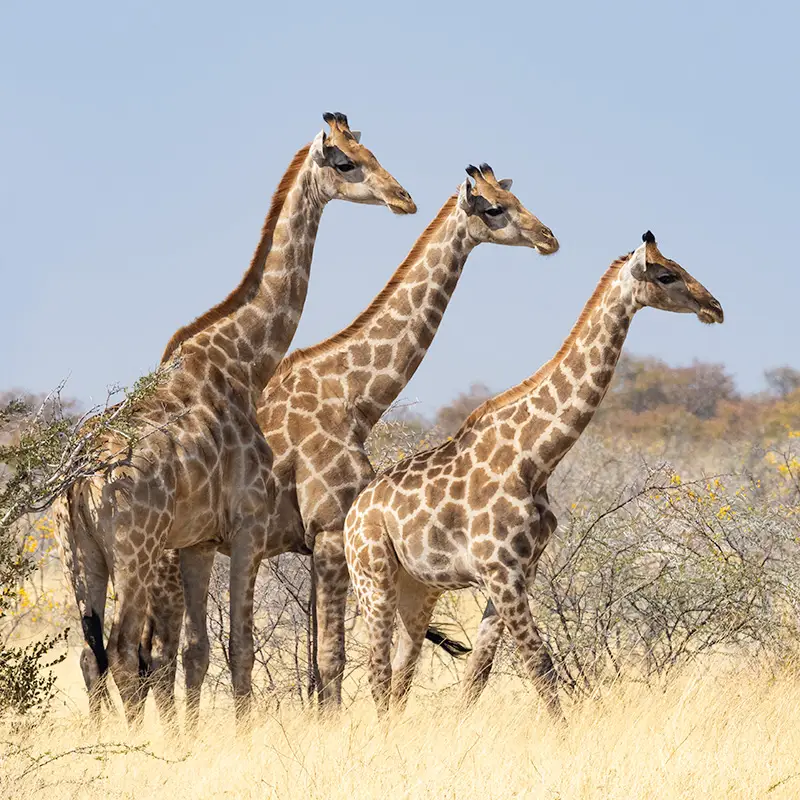
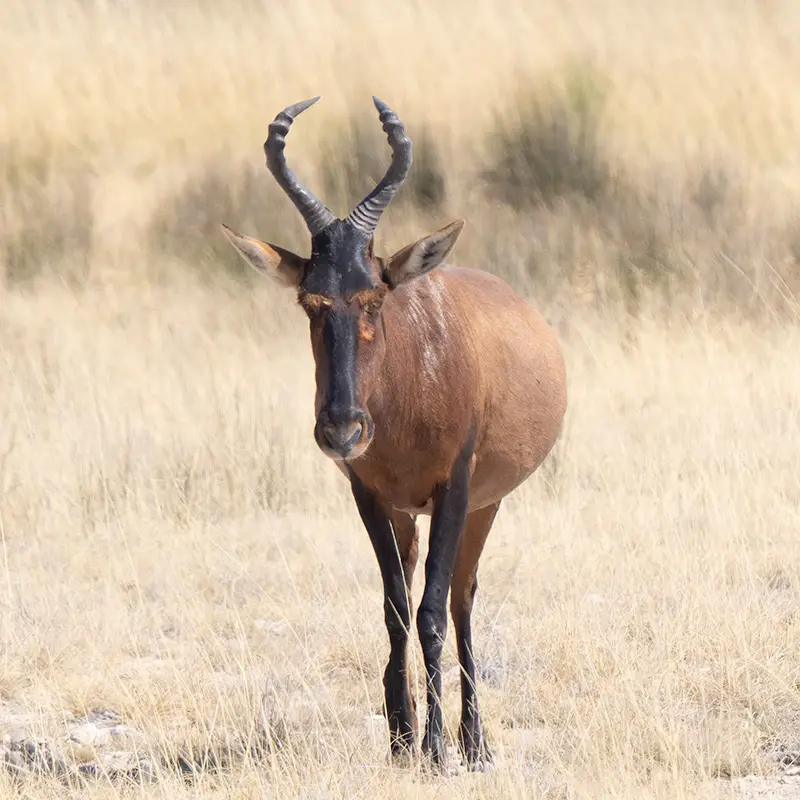
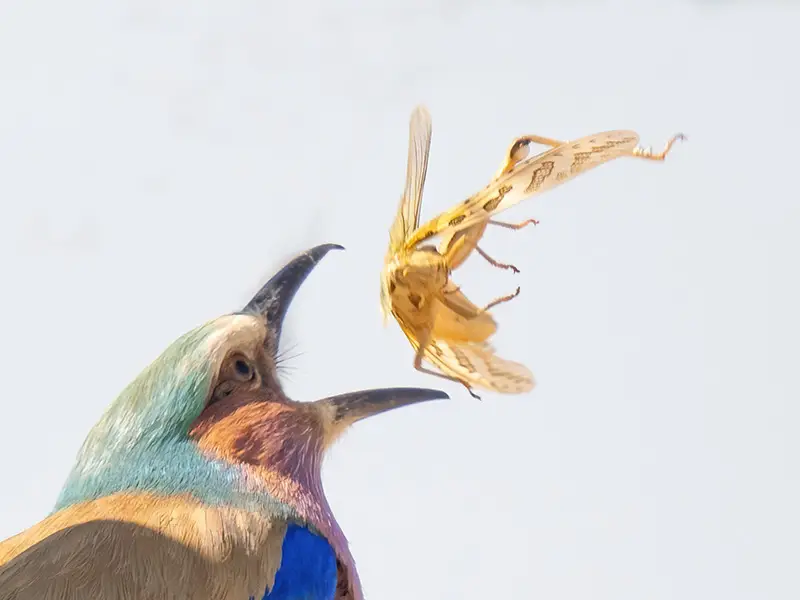
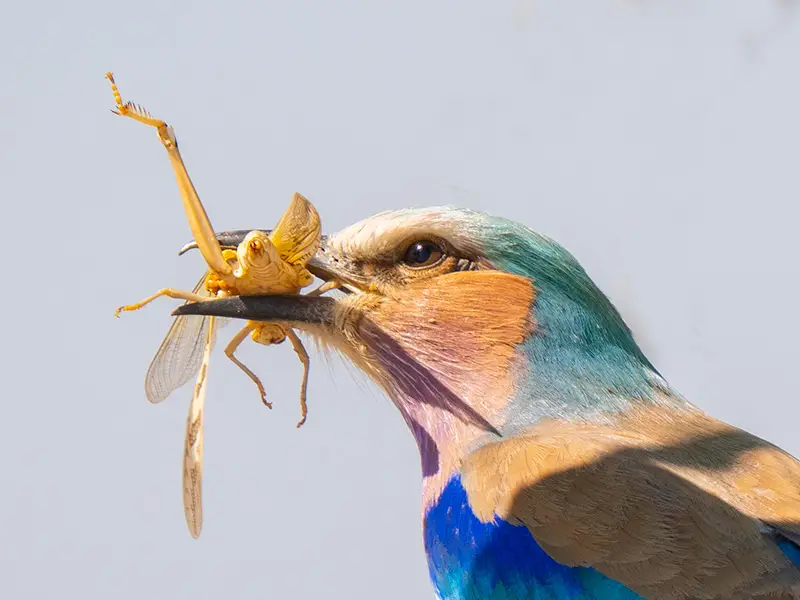
Namutoni Resort is based around an old fort that has had various uses over the years, including as a German police station and a centre to hold British prisoners of war during World War I. Nowadays there are a number of very comfortable bungalows with large rooms scattered around the site.
During our drive to Namutoni Resort we photographed more large mammals, including giraffe, zrbra, elephants and topi. A birding highlight was an encounter with a Lilac-breasted Roller trying to eat a large locust.
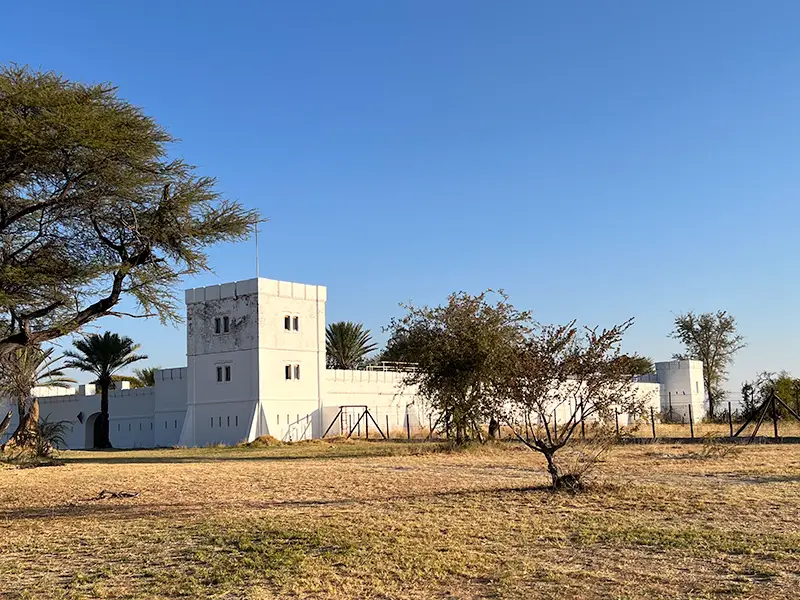

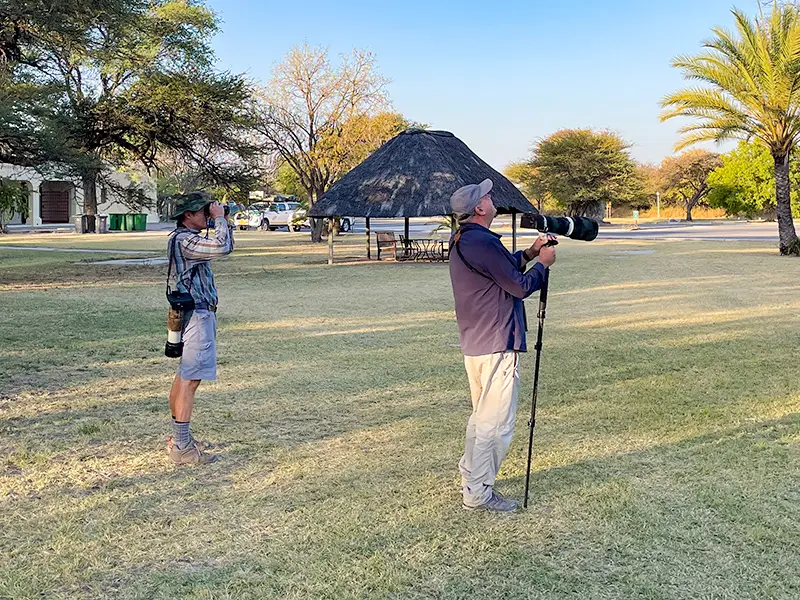
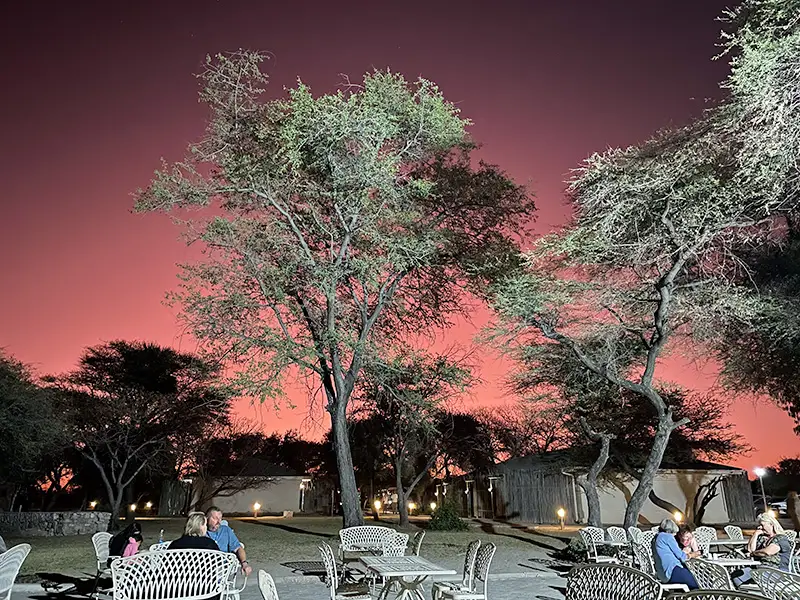
There was some good birding around the Namutoni Resort, but we had the greatest success at a watering hole about a mile from the resort. We made two visits to coincide with the evening visit of mammals to the watering hole.
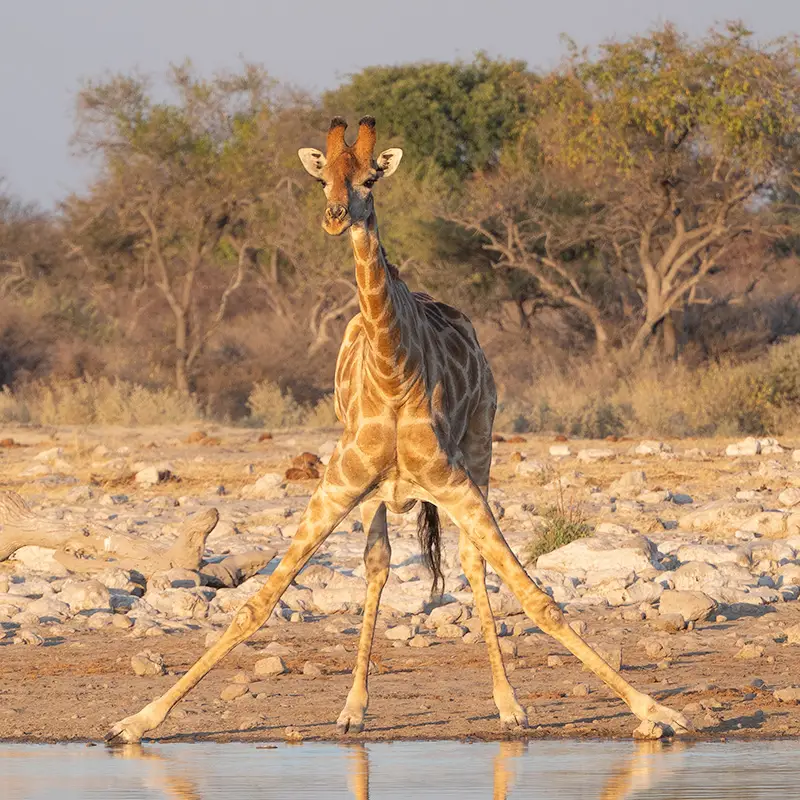
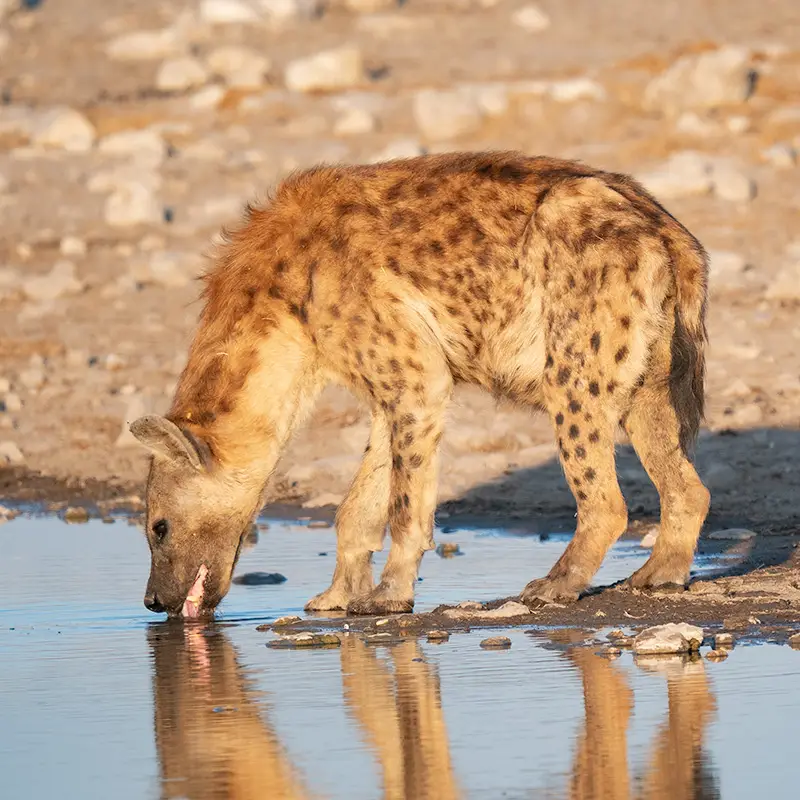
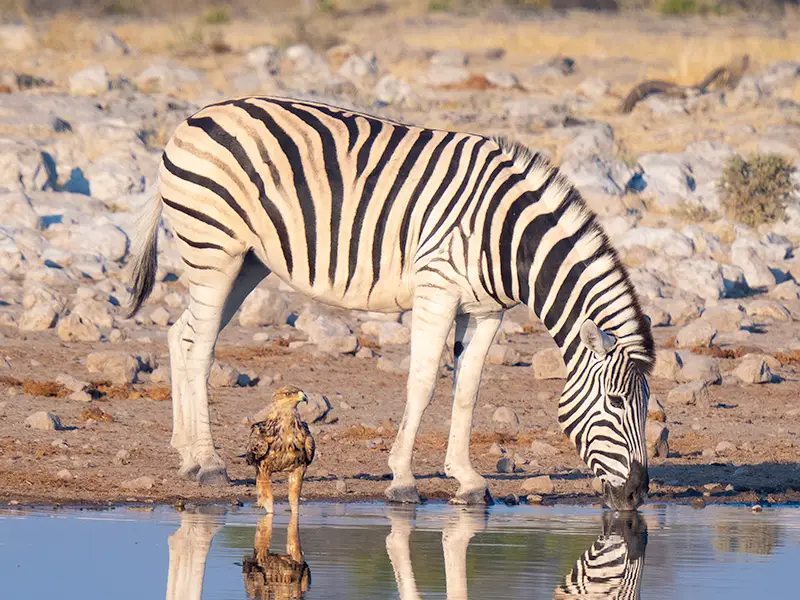
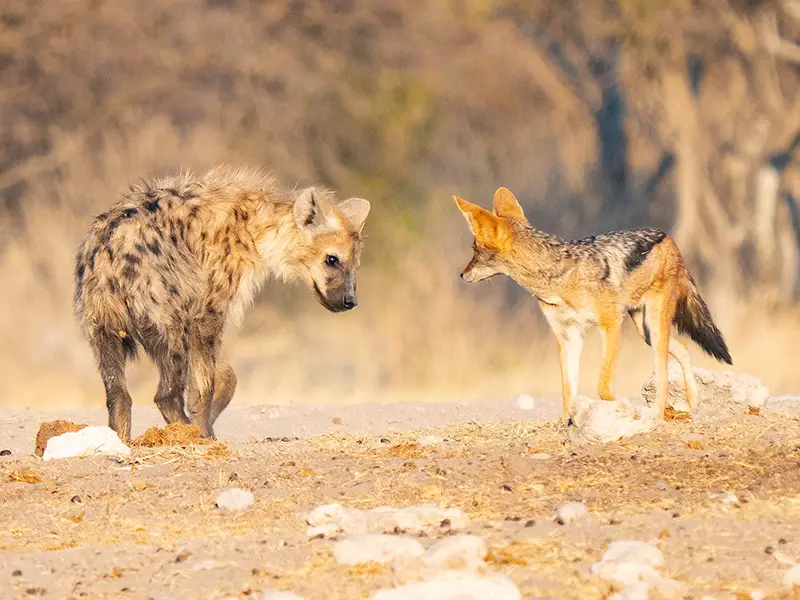
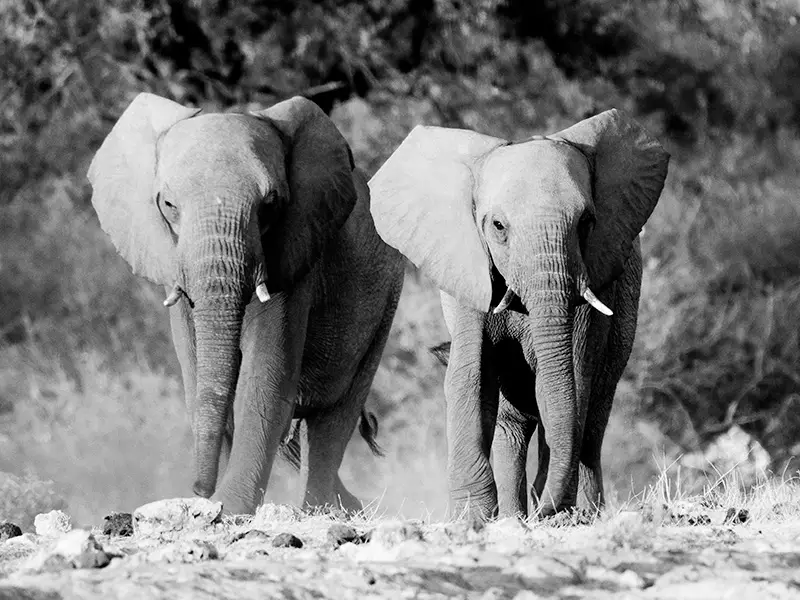
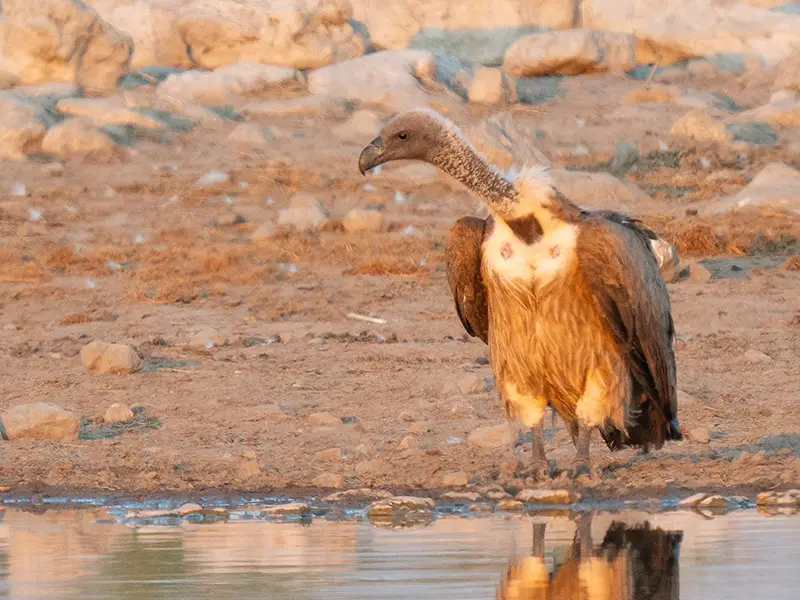
We spent two nights at Namutoni Resort and during our full day there we headed out of the camp area to try to see some new bird species and enjoy the large mammals of Etosha. The highlight was undoubtedly seeing a cheetah closely following a group of antelope. After a while the cheetah lost interest and drifted away, so we didn’t see a kill, but it did give us a great photo opportunity.
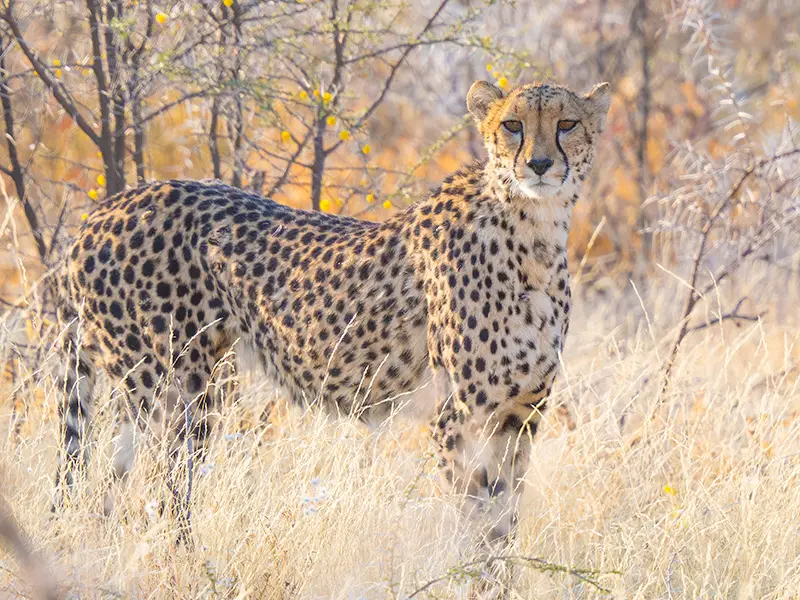
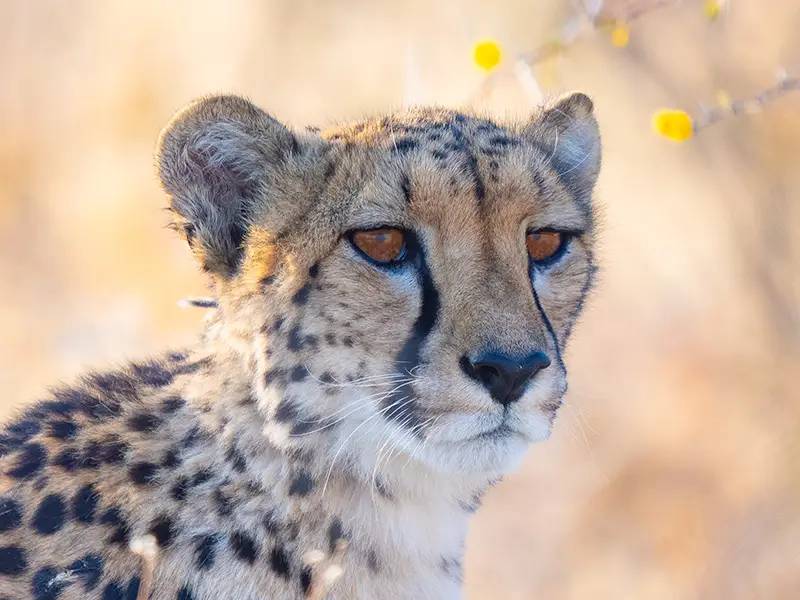
Other good sightings during the day were a Black Crake, Small Buttonquail, Common Slender Mongoose, Double-banded Sandgrouse, Burchell’s Starling and Secretarybird.
